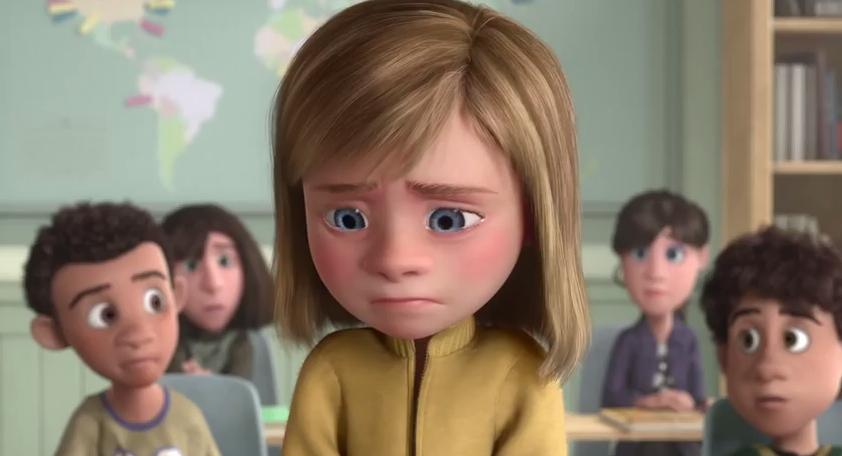Psychologist Agrees Inside Out Nails the Science of Feels, Emotions, and Memories
You mean there's a little Amy Poehler in my head?

According to Dacher Keltner, a psychology professor at University of California, Berkeley, Pixar accurately portrayed what the emotional state of an eleven year old may look like. Keltner served as a consultant to Pixar as they were making Inside Out, and they were in close conversation as the film was being created; there’s actual science to a lot of the stylistic choices made by Pixar in the film.
In a semi-spoilery interview with NPR, Keltner emphasizes Riley’s age and how formative of a time that is in a young person’s life. He said:
It zeroes in on one of the most poignant times in an individual’s life, which is the transition to the preteen and early teen years, where kids — and, I think, in particular girls — start to really powerfully feel the loss of childhood.
He goes on to explain some of the stylistic choices Pixar made, and how imaginatively they connected them to science.
When you are in a fearful state, everything is imbued with threat and uncertainty and peril. And when Riley is sad, even her happy memories take on a bluish hue.
Pixar’s movies often have a special connection with our emotions. Whether it was making us cry in the first fifteen minutes of Up, or if it was making us cry in the last fifteen minutes of WALL-E, they’re really great at, well, making us cry. But Inside Out attempts to personify these feelings to get us to feel feelings about feelings.
How meta. How exciting.
(via NPR)
—Please make note of The Mary Sue’s general comment policy.—
Do you follow The Mary Sue on Twitter, Facebook, Tumblr, Pinterest, & Google +?
Have a tip we should know? tips@themarysue.com